Our Sanctuary
One of St. Anselm’s most distinctive physical features is our sanctuary. When, in 1959, St Anselm’s was established as a mission congregation, the Rt. Rev. James Pike, then Bishop of the Diocese, enthusiastically expressed his desire for a church in-the-round like one he had attended on Cape Cod. So, the style was adopted for the newly-formed St. Anselm’s.
The noted architect, Olav Hammarstrom, adapted his design for St. Anselm’s from the Chapel of St. James the Fisherman in Wellfleet, Massachusetts. The design included the free-standing bell tower and a simplified roof with a central skylight above the altar in the center of the sanctuary. In describing the “church in the round” design, a priest of the mid-20th century summed it up well when he said, “The Church is first and foremost a family. Therefore, we sit facing one another, rather than looking at the backs of one another’s heads as does an audience; we are a congregation, those called together.” William Sims, an original member of the church, fabricated the central cross that hangs over the altar and the processional cross of molten bronze and silver on steel. They were fashioned by melting down metal objects donated by church members.
Within the sanctuary are welded steel Stations of the Cross created by Fran Moyer, an award-winning California artist. The fourteen stations depict the events that tradition indicates occurred as Jesus carried his cross from Pilate’s palace to Golgotha. Moyer chose welded steel as her medium because, in her words, “fire and steel were expressive of the enormous theme.”
The striking floor-to-ceiling stained glass window on the north side of the church was designed by New York artist Glidden Parker. Its title is “The Atonement”, a major subject of St Anselm’s writings.
Memorial Garden and Columbarium
…since we are surrounded by so great a cloud of witnesses… (Hebrews 12:1)
To the south of the Sanctuary, the Columbarium is the permanent resting place for parish members and their families. Adjacent to the Columbarium, the Memorial Garden provides a prayerful, peaceful setting for those wishing to reflect, pray, or gather. Questions about the Columbarium can be directed to Doug Merrill.
Jackson Hall
Our parish hall is “Jackson Hall” which, since its remodel in 2005, has been the hub of many and varied gatherings and community events. In addition to its large gathering space, Jackson Hall houses a modern kitchen, conference room and library. Jackson Hall is truly the social center of our community. Jackson Hall can be rented out. Please contact the office for details and information.

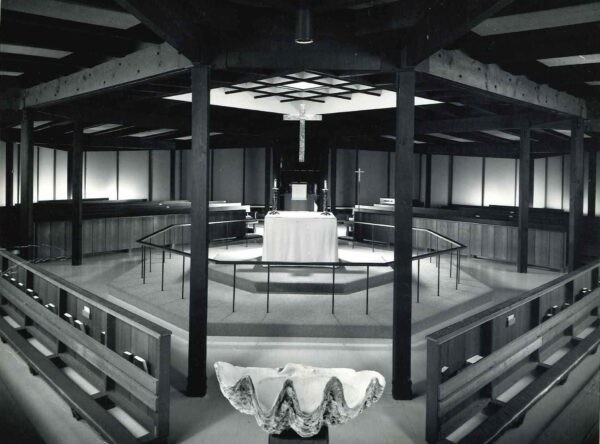

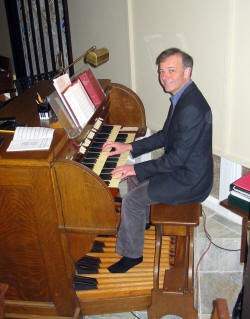
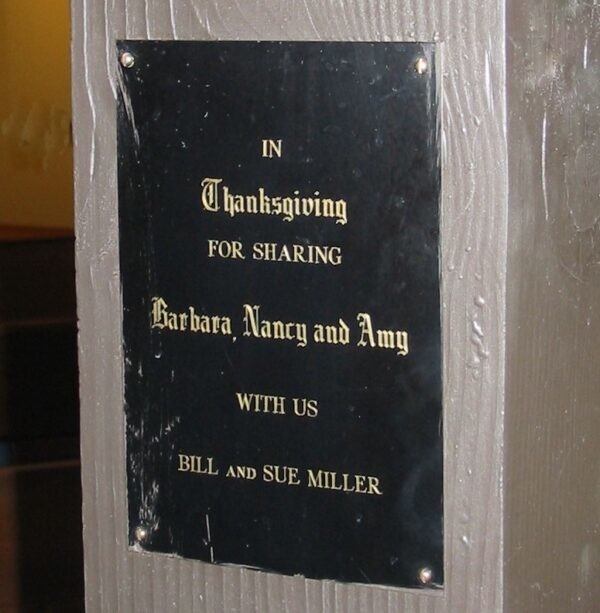
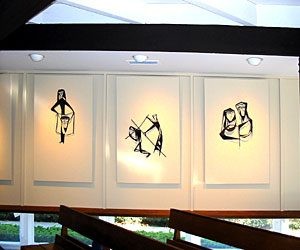
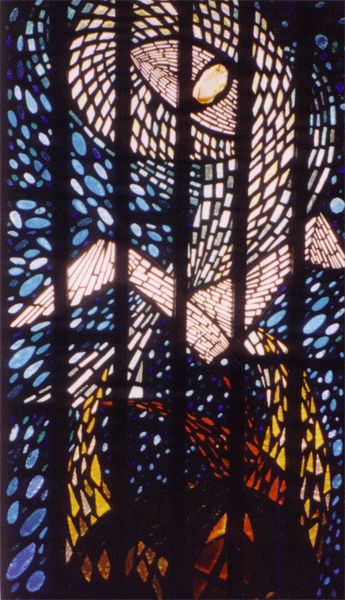
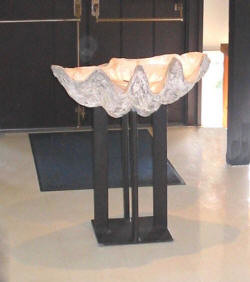
In keeping with the nautical theme, the font is a giant South Pacific clamshell. It is from the island of Mindano in the Philippines and was brought to us by Dick and Anne Ward. Dick was was one of our first Senior Wardens and Anne is an 8’oclock parishioner


